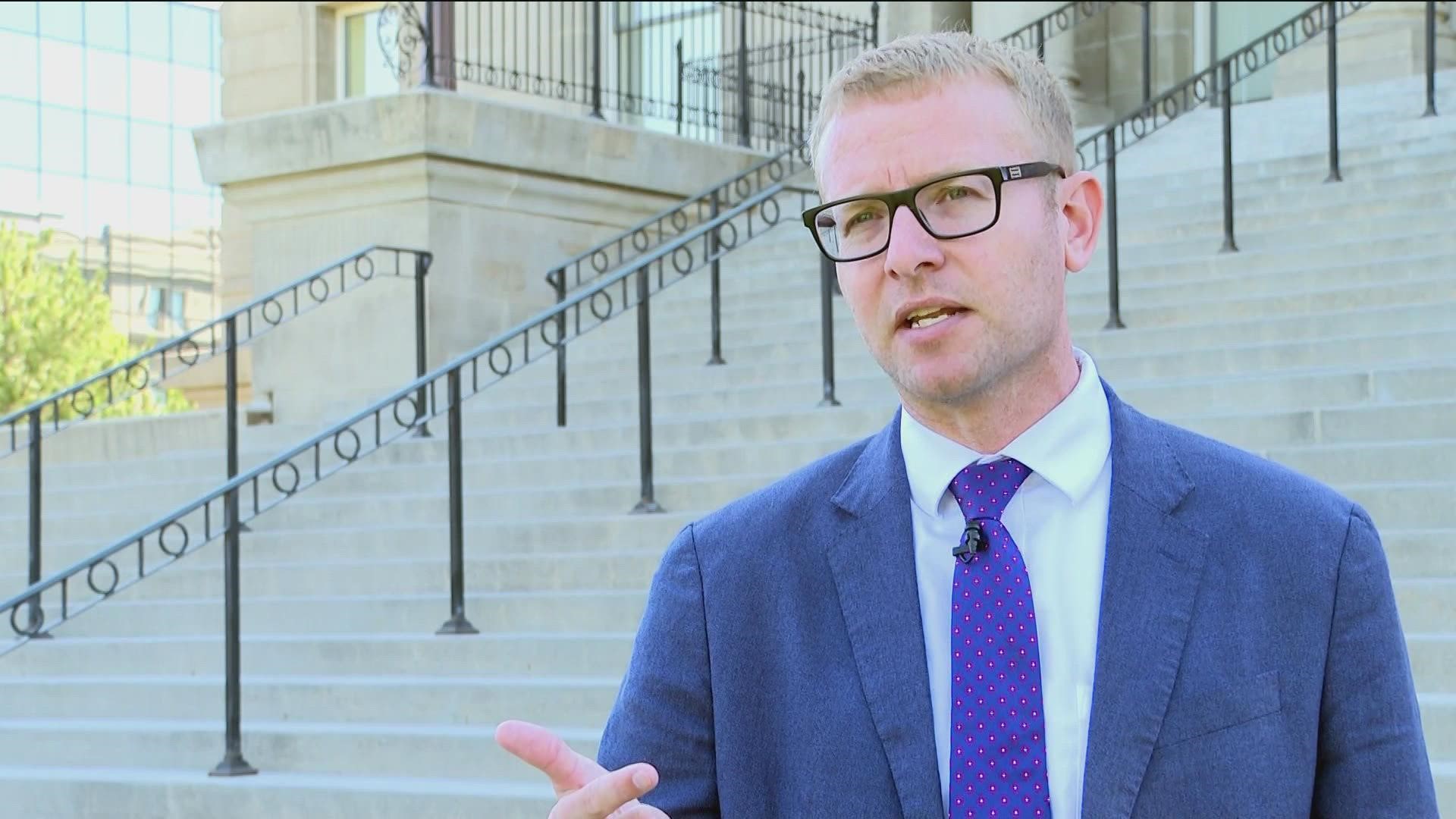BOISE, Idaho — A fortunate few years economically for the State of Idaho created a major surplus and now the final numbers for the 2022 fiscal year are in.
“So, when we closed the books on the fiscal year on June 30, the state's ending the year with just under $1.4 billion in surplus,” State Budget Director Alex Adams said.
Adams shares the news, good news for the Gem State.
“In terms of a year, just to put it in perspective, it's about 30% of the appropriations for the year that we're in," Adams said. "So, percentage wise, it's certainly higher than we've seen before."
So, how did Idaho build such a large surplus of almost $1.4 billion?
“Economy is surging and Idaho, the main drivers are income tax, sales tax and corporate income tax. Corporate income certainly was the star performer," Adams said. "Businesses are choosing to relocate to Idaho or expand their businesses in Idaho, but sales tax was up 10%. Income tax was up 6%. So, it really is across the board."
In recent years, Idaho has received an influx of federal dollars to help the state deal with the Coronavirus and impacts we’ve seen from the pandemic. So, did that cash infusion create the surplus? Not exactly, according to Adams.
“When we talk about the surplus, we're talking about only the state’s general funds. We're talking about income tax, sales tax and corporate income tax. Federal funds are accounted for separately throughout the state budget,” Adams said. “That's not to say they don't have any impact. You know, Idahoans were mailed stimulus checks from the federal government and to the extent Idahoans went out and bought things with those stimulus checks, it does show up as sales tax. So, it certainly has an impact, but the funds that we got from CARES Act, the funds that we got from ARPA, the funds that we got from the bipartisan infrastructure law, those are accounted for separately and don't directly influence the surplus.”
So, what to do with all those surplus dollars? Adams said more of the same, in a good way, can likely be expected from the Governor’s office.
“I think he's talking about things similar to that for next year, Governor. In talking to him about the surplus, he's already saying we've cut taxes two straight years. Let's go for three," Adams said. "We've made record investments for education. Let's go further. So, there's certainly a lot of opportunities."
Adams said there is a challenge ahead, facing other forces in the economy.
“You have record-high inflation. You have supply chain issues, labor market shortages. Idahoans are struggling with the price of gas and the price of groceries and we have to manage that surplus responsibly for something that will sustain any economic condition while reinvesting in Idahoans,” Adams said.
In Idaho and beyond, there are concerns about the American economy heading towards a recession. Having a surplus heading into that is good news, but there could still be challenges.
“For sure. You know, the states that are going to handle whatever economic situations may emerge, whether there is a recession or those that do the good government, prudent steps that Idaho is doing," Adams said. "Under Governor Little, we paid off all state building debt in our bond payment program. We invest in deferred maintenance. We maxed out we maxed out a rainy day. Funds by putting over $1 billion in reserve. So, Idahoans can have confidence that we are taking those steps necessary to prepare for what conditions might be on the horizon."
The current surplus builds on the established surplus from last year. What impact is that having now? Adams said a good example was just announced today.
“In Idaho, we have just under 500 bridges that are old, structurally deficient or have load restrictions," Adams said. "Governor this morning announced that we're using some of that, some of our budget surplus from last year, to clean out a third of that backlog and we're going to fix 130 to 140 bridges statewide to account for some of that wear and tear associated with growth."
Join 'The 208' conversation:
- Text us at (208) 321-5614
- E-mail us at the208@ktvb.com
- Join our The 208 Facebook group: https://www.facebook.com/groups/the208KTVB/
- Follow us on Twitter: @the208KTVB or tweet #the208 and #SoIdaho
- Follow us on Instagram: @the208KTVB
- Bookmark our landing page: /the-208
- Still reading this list? We're on YouTube, too:

